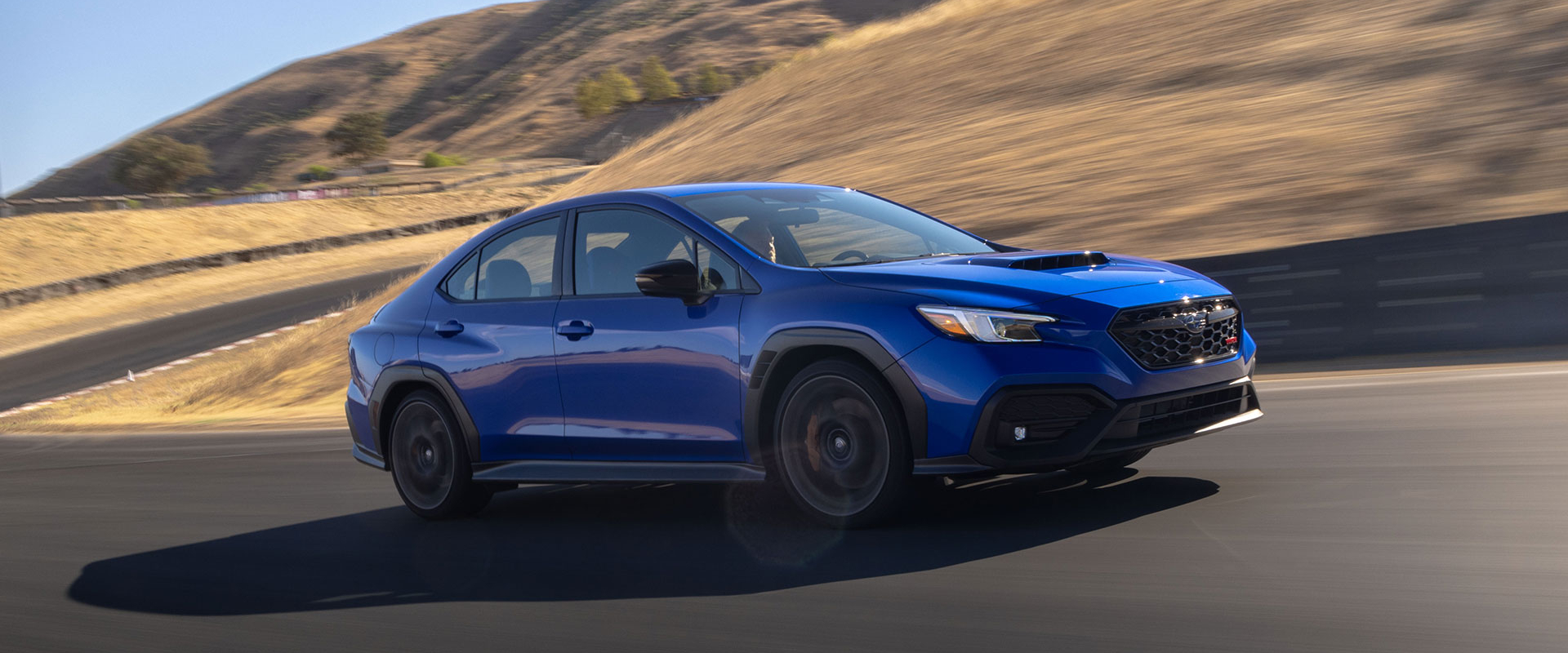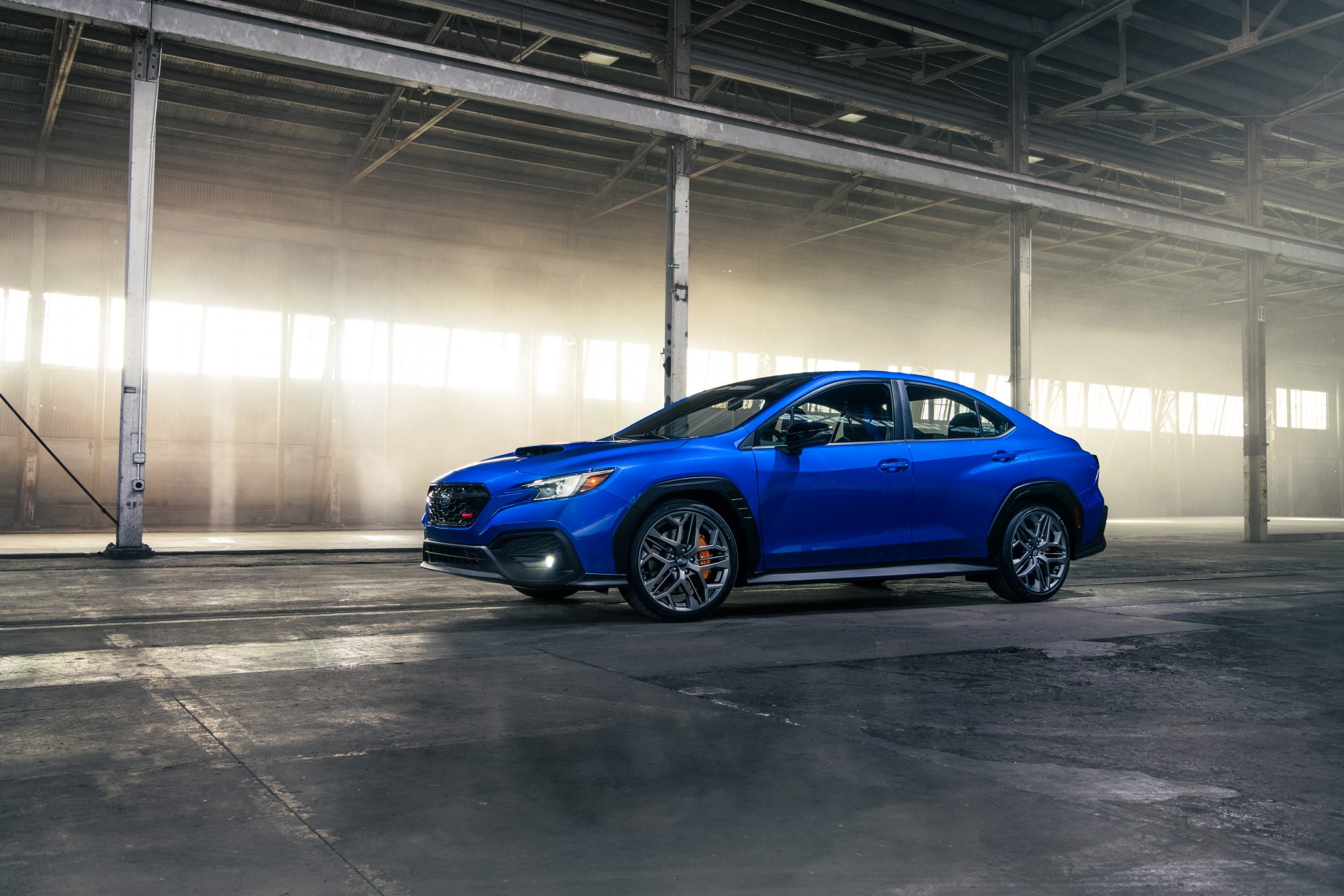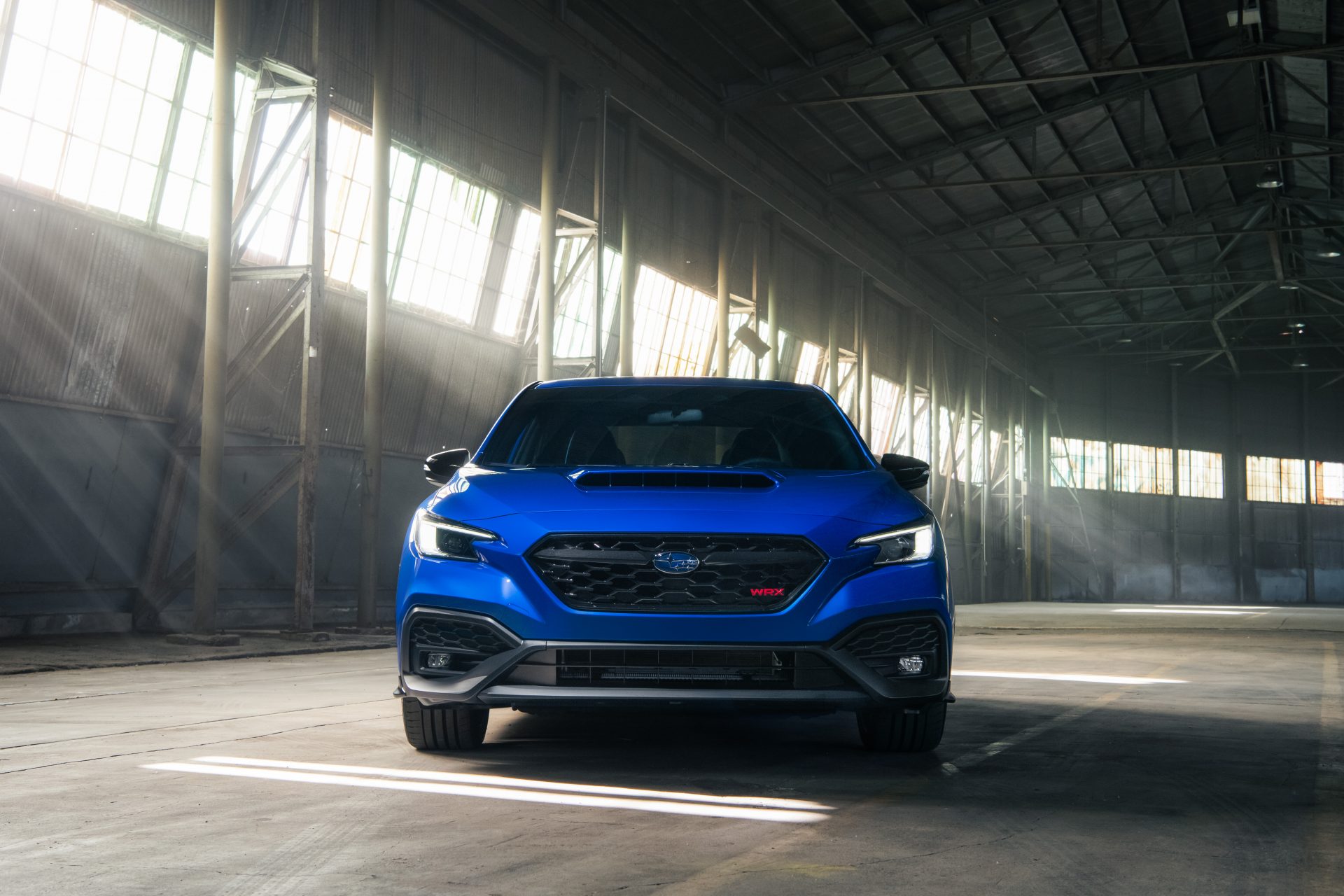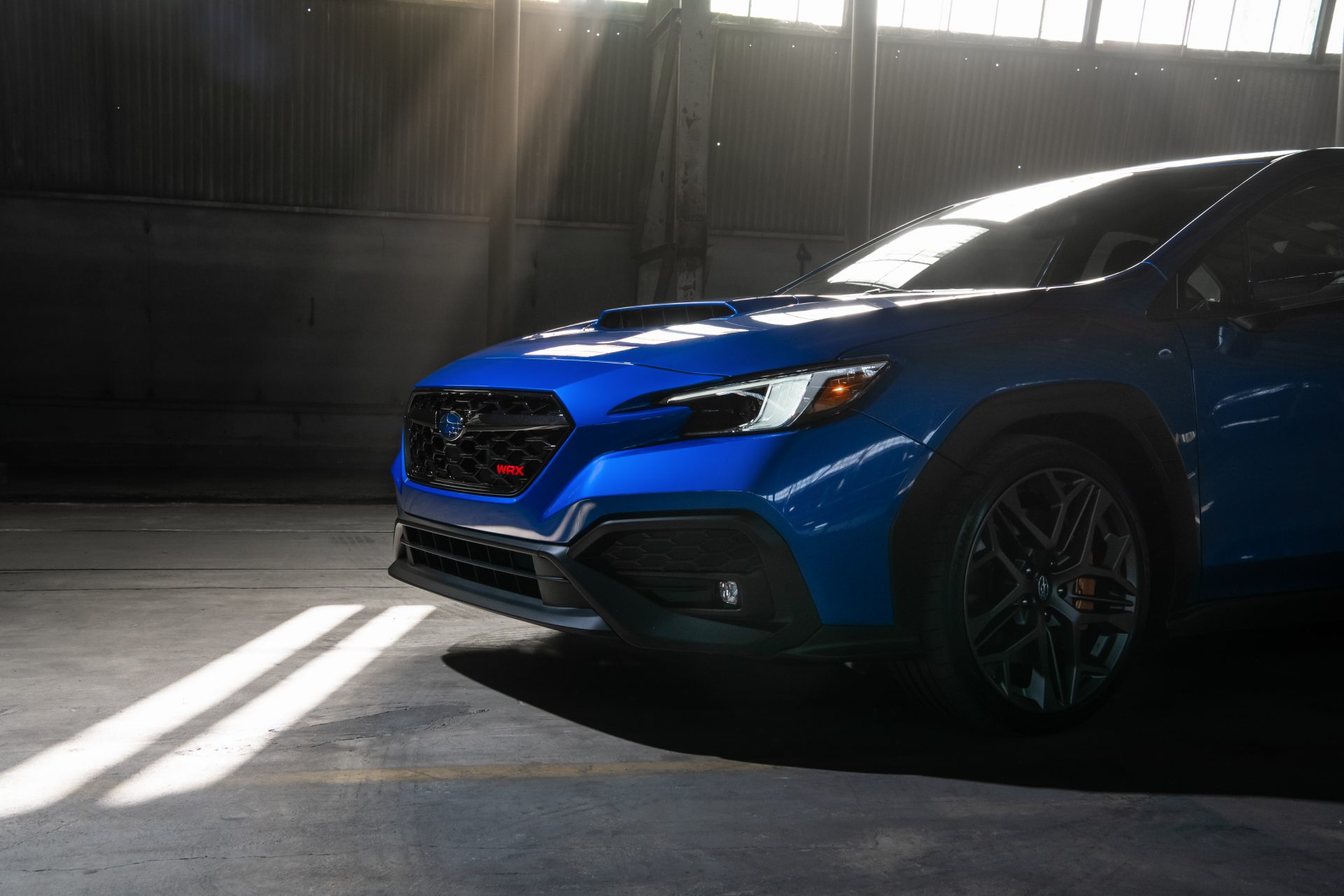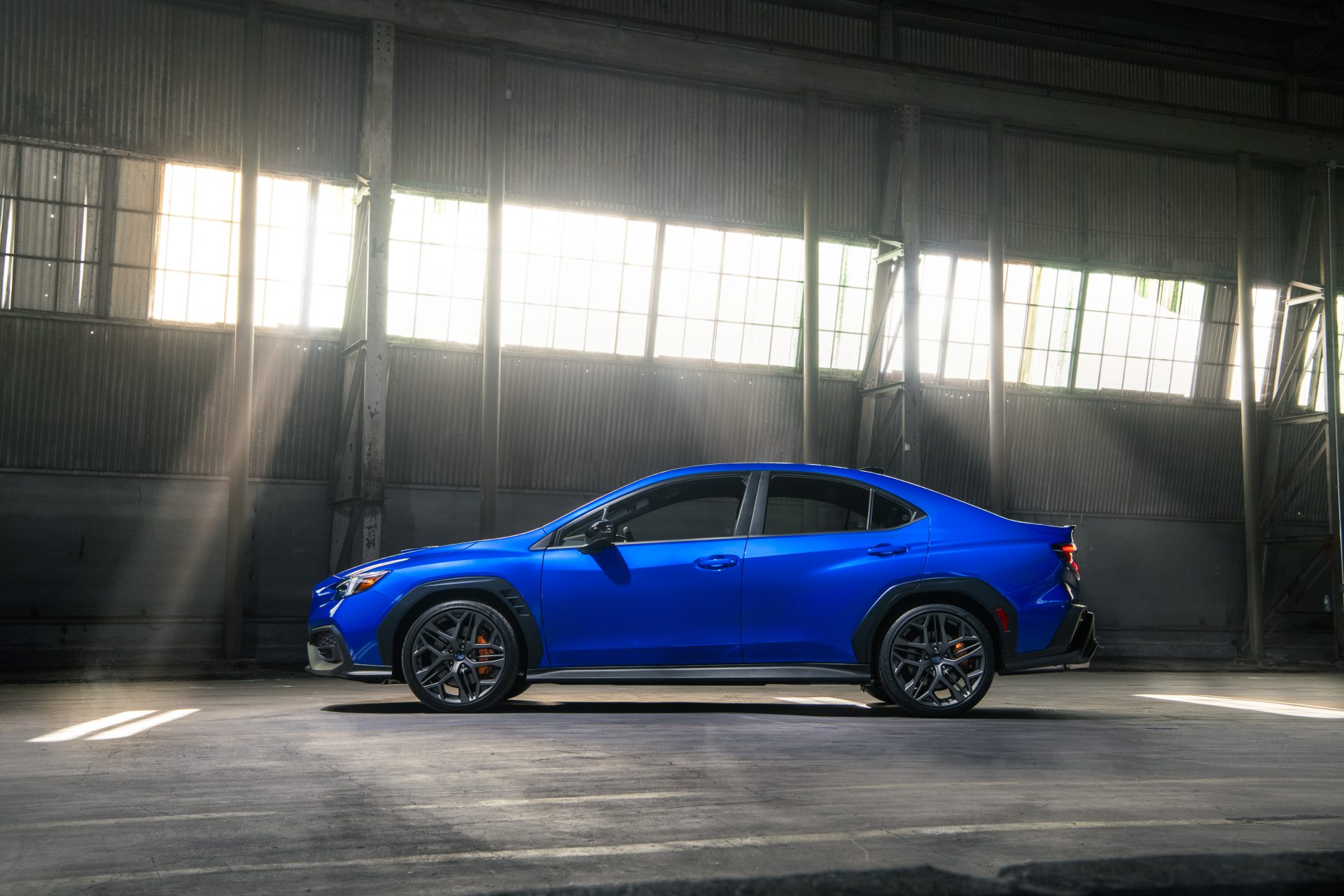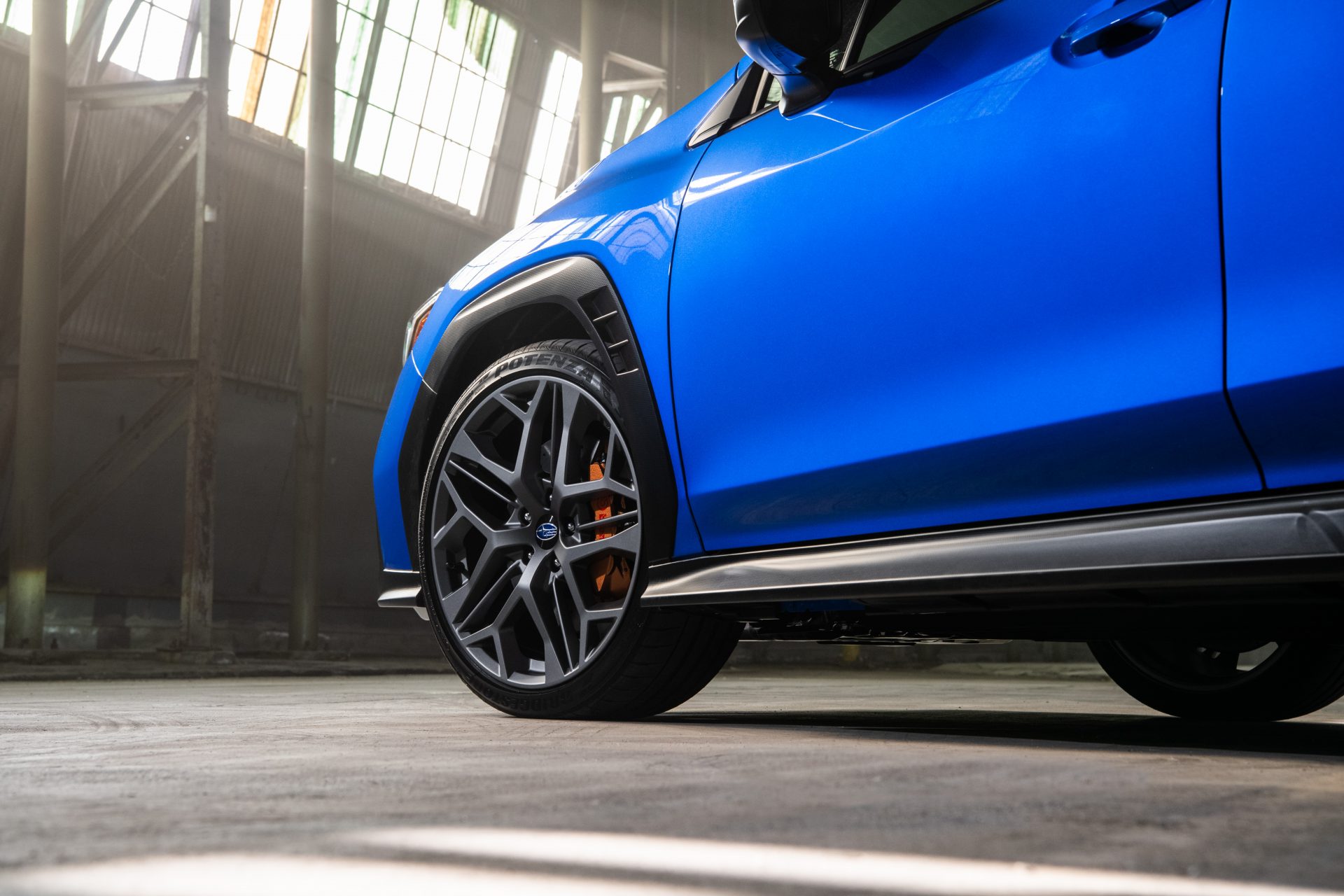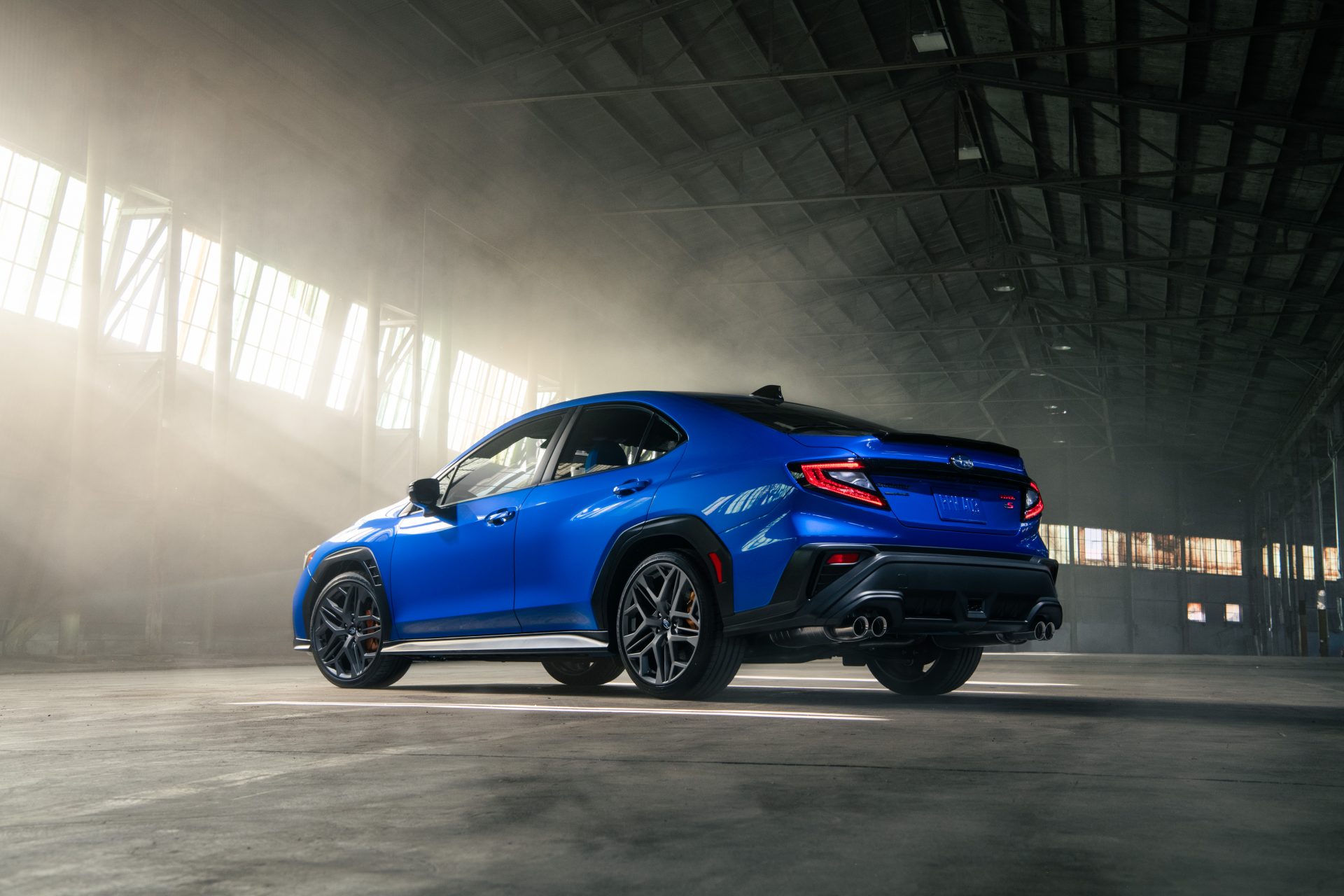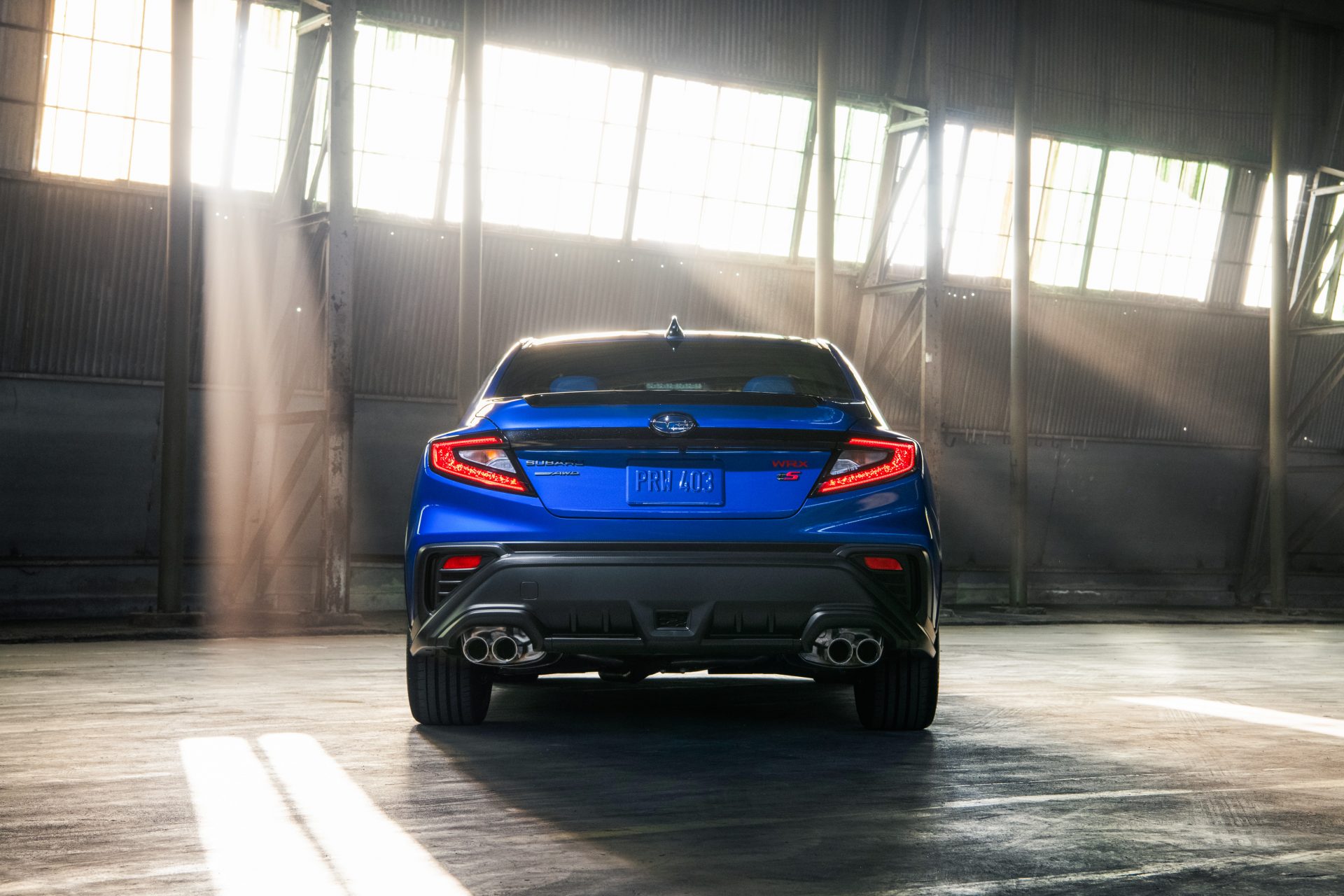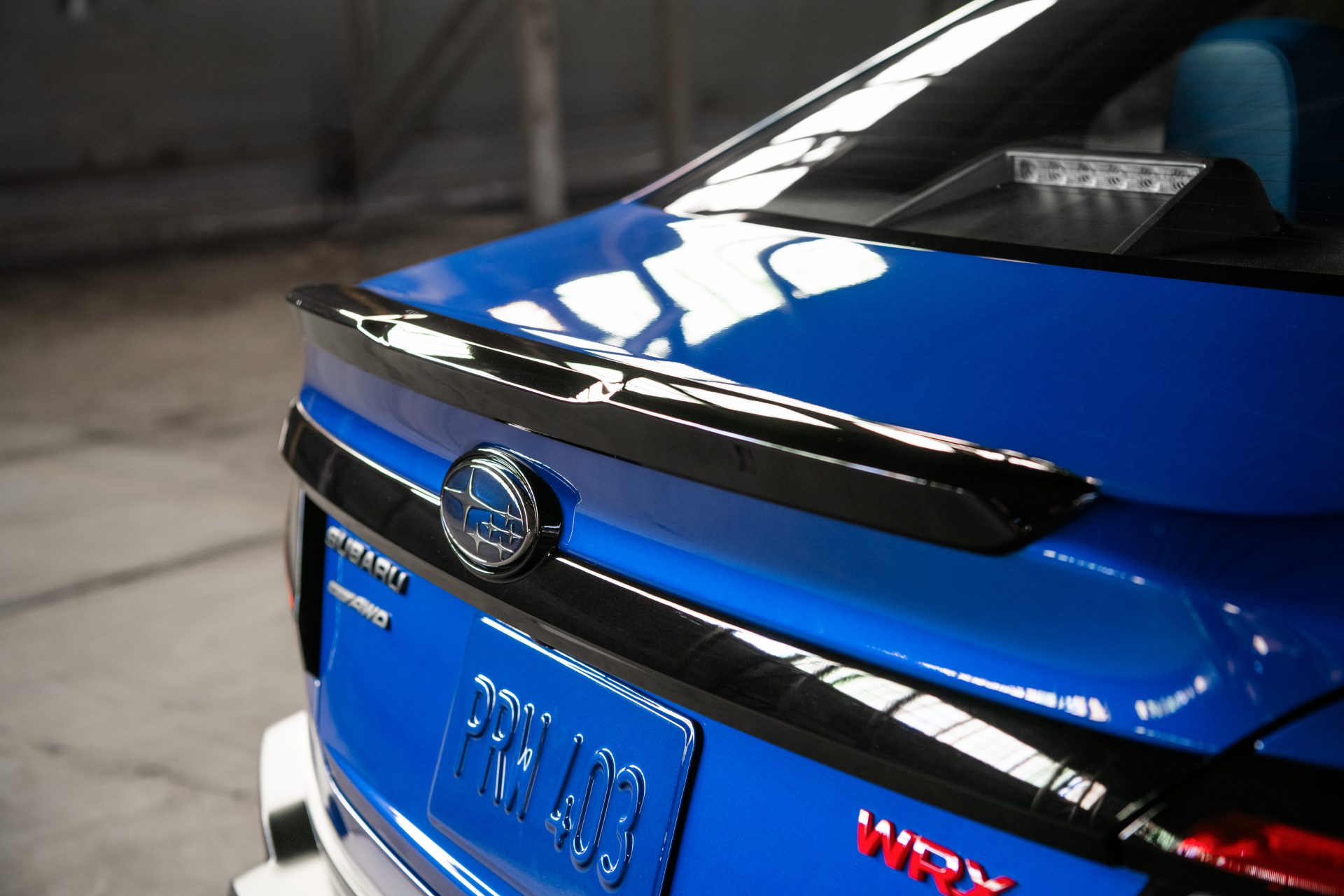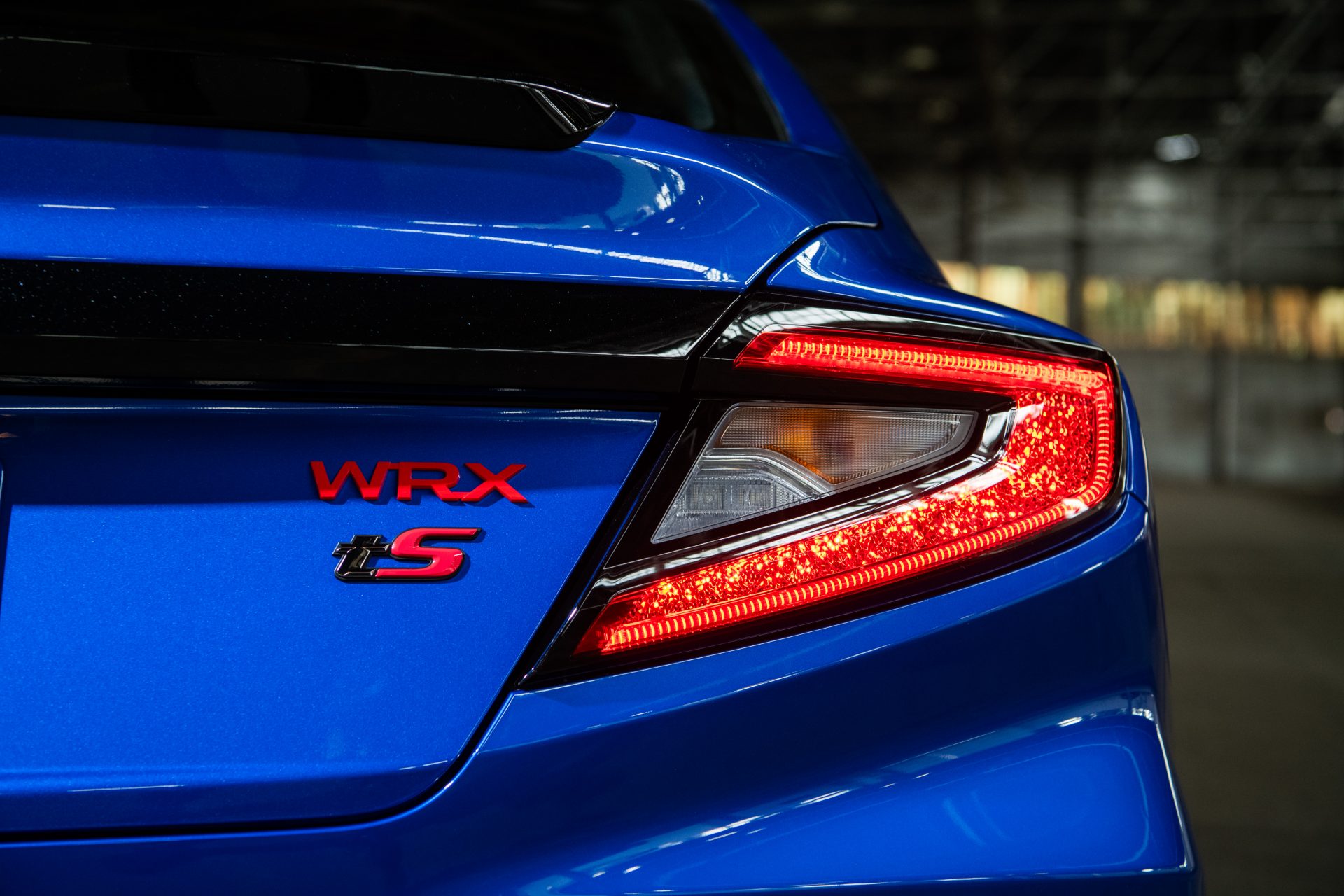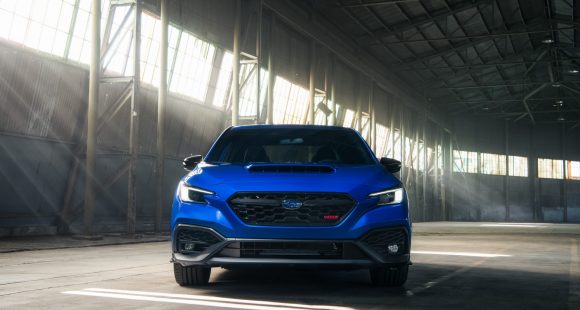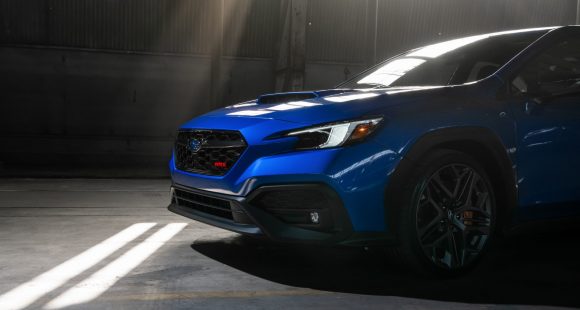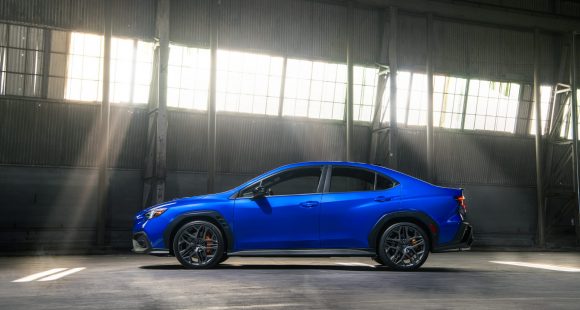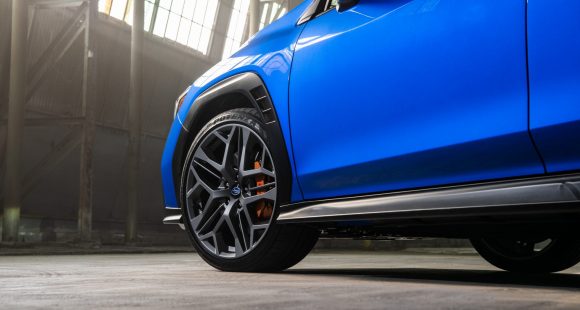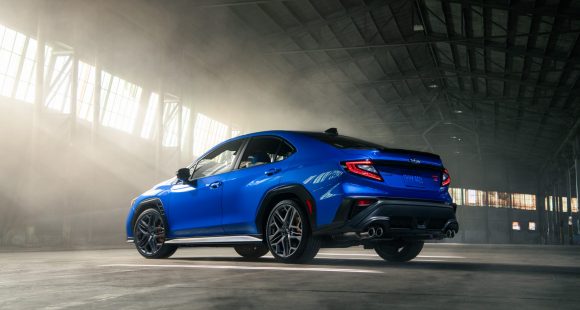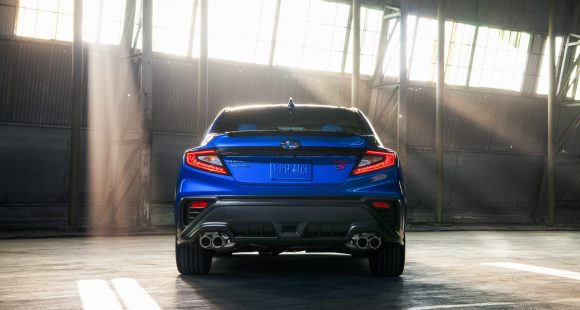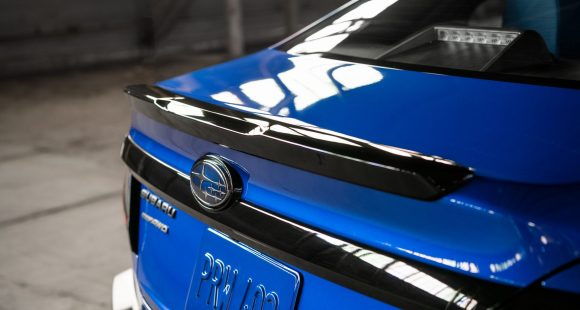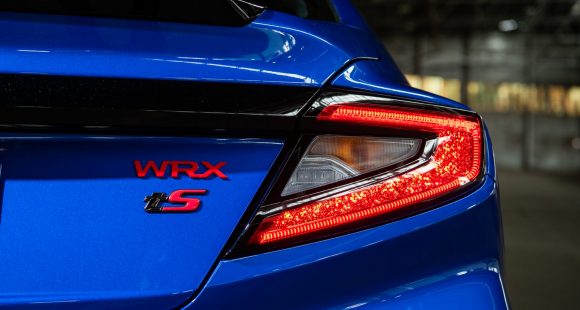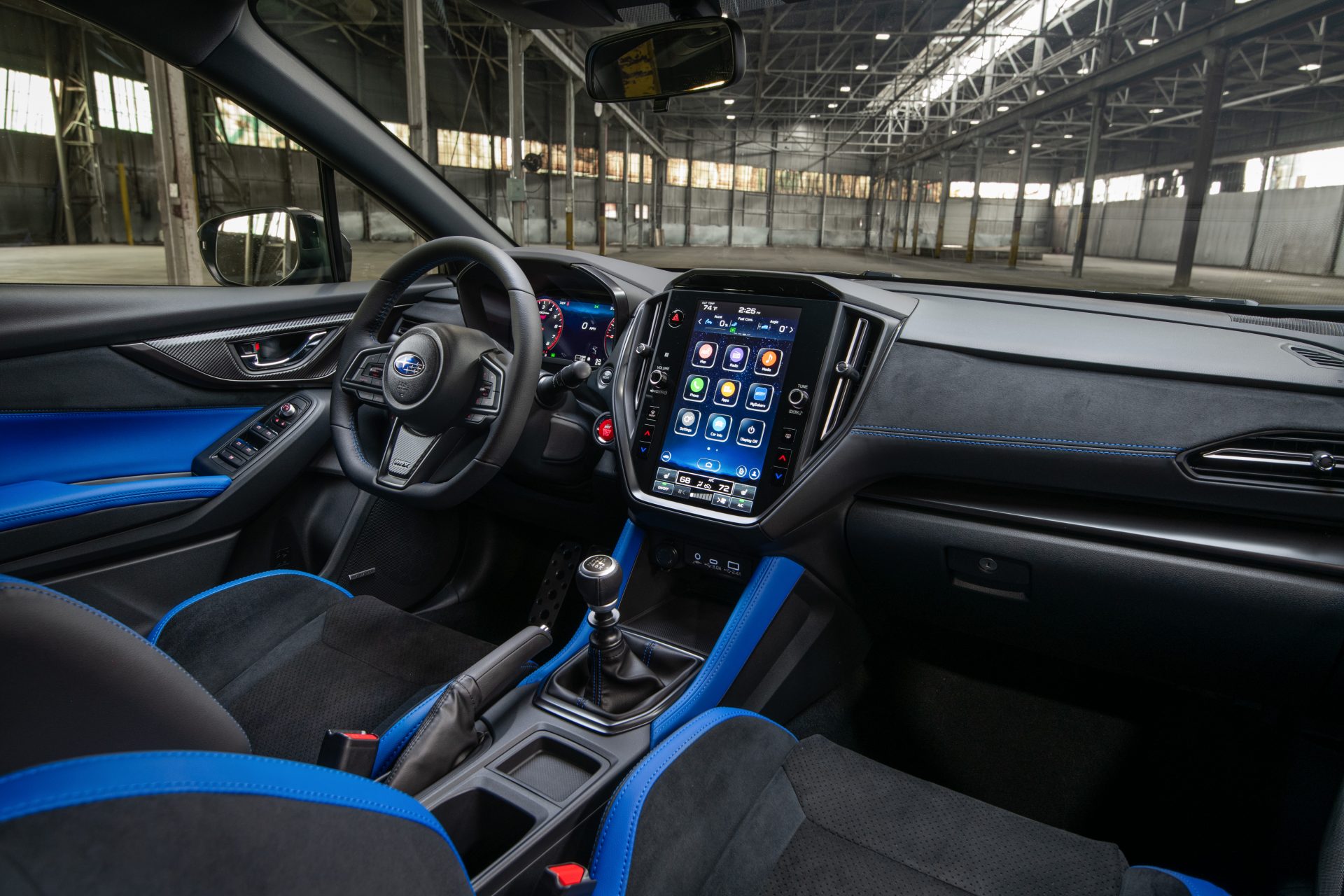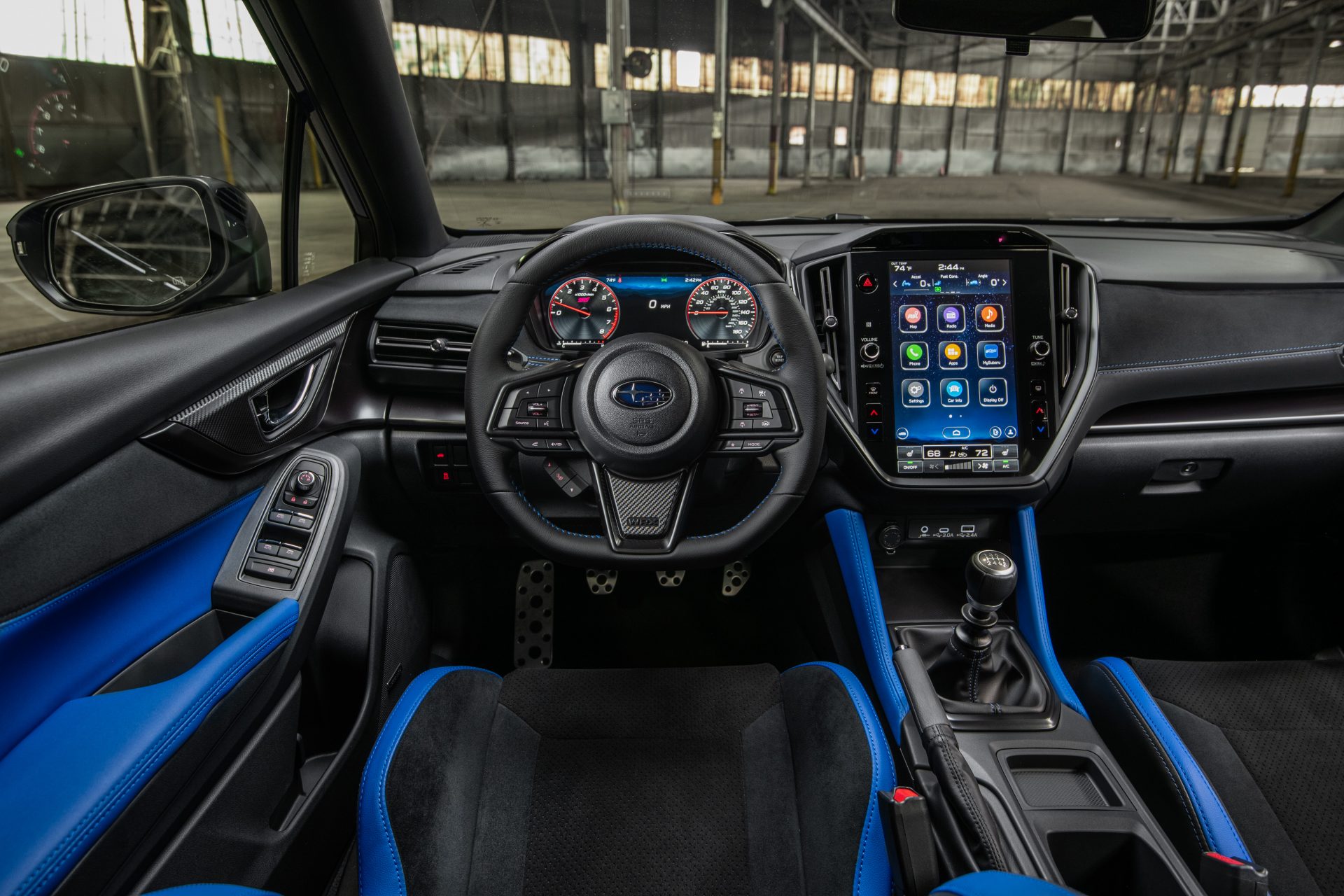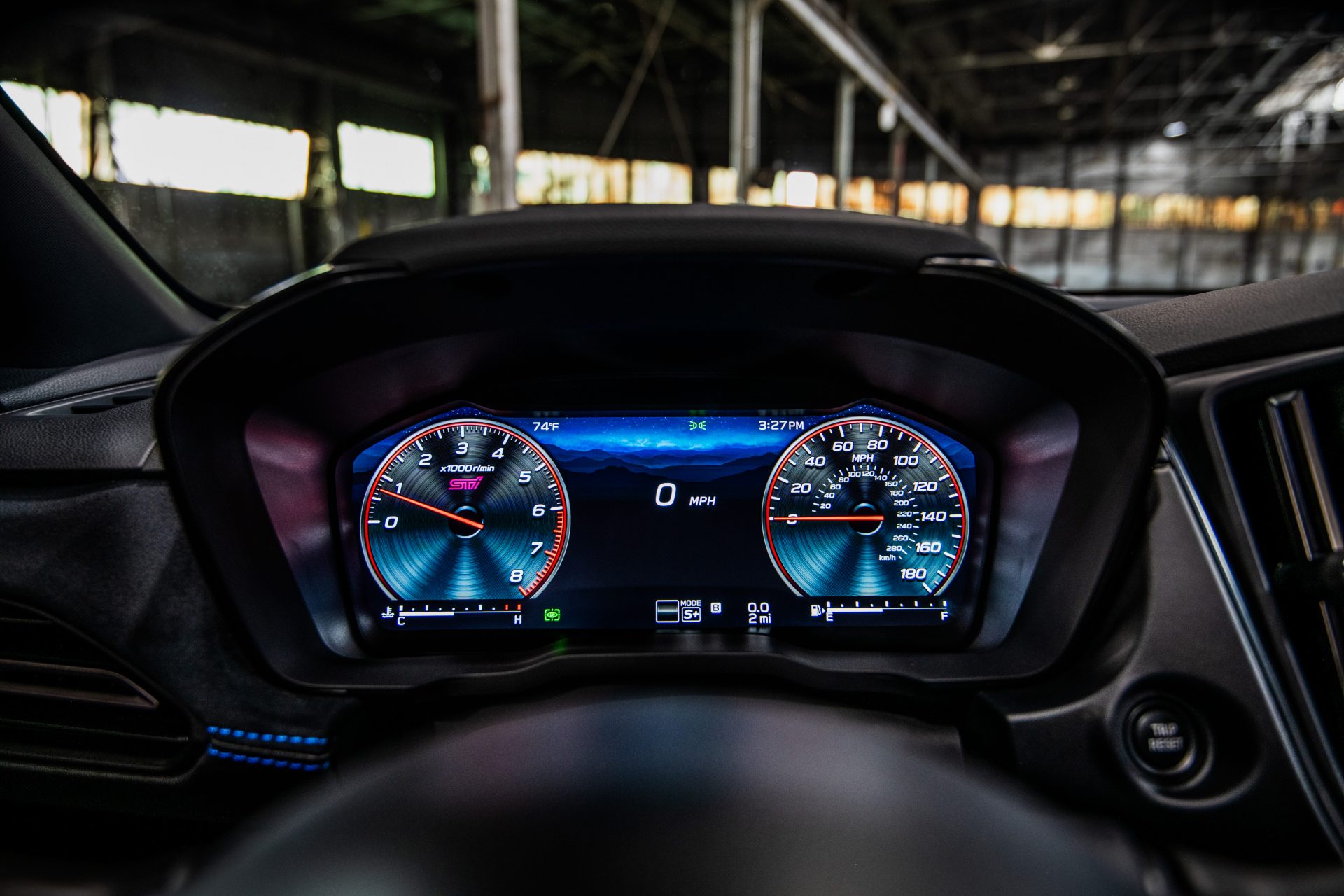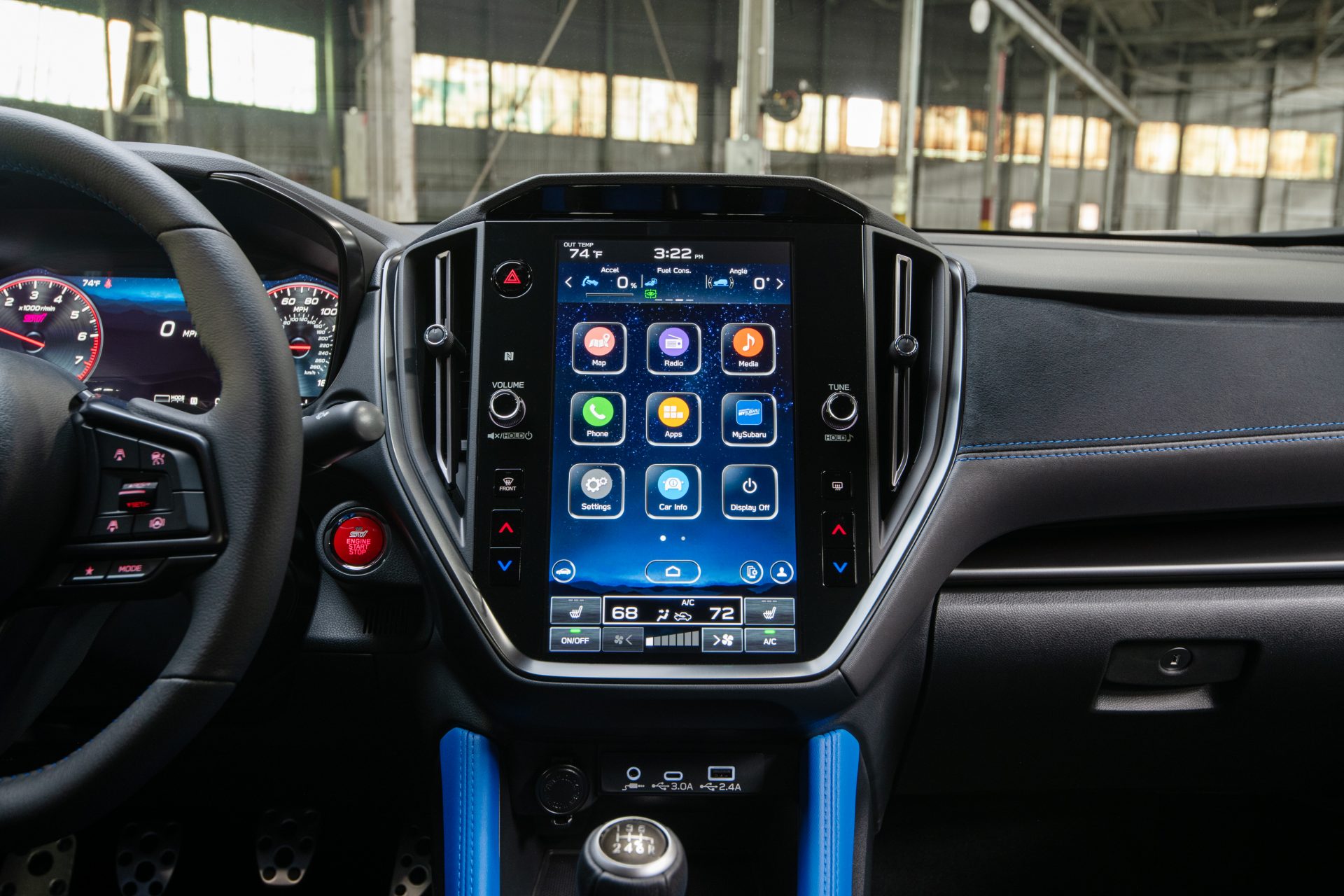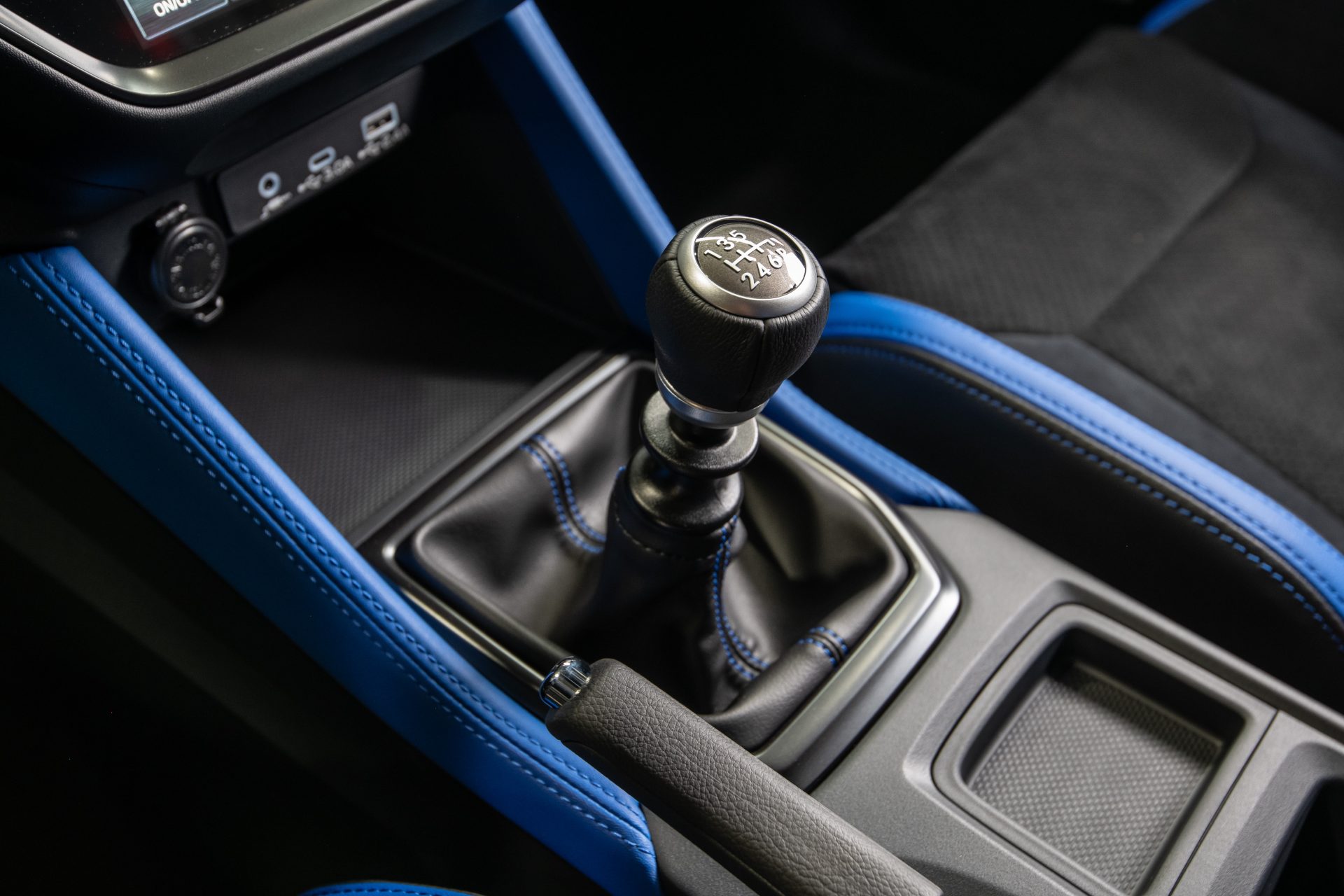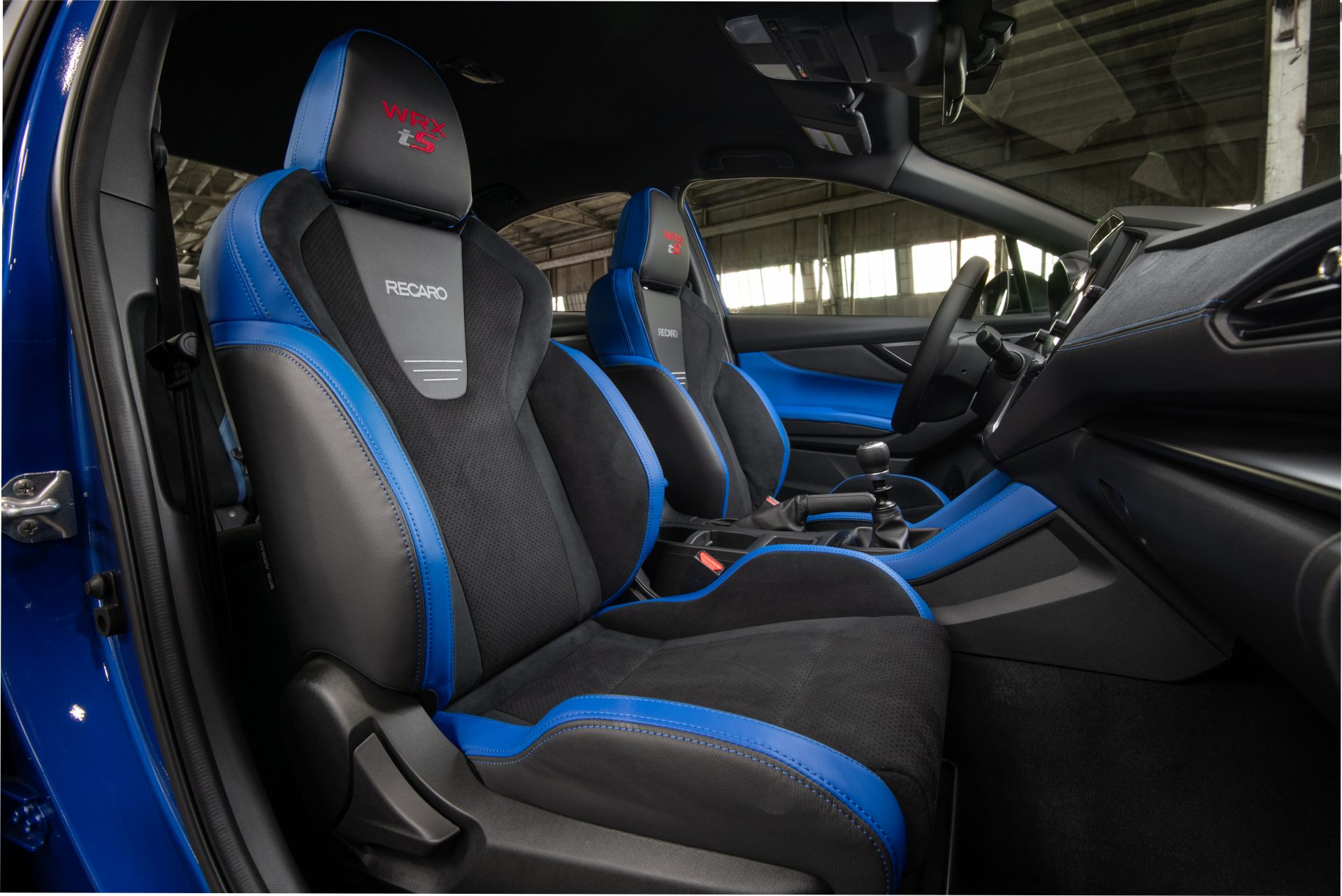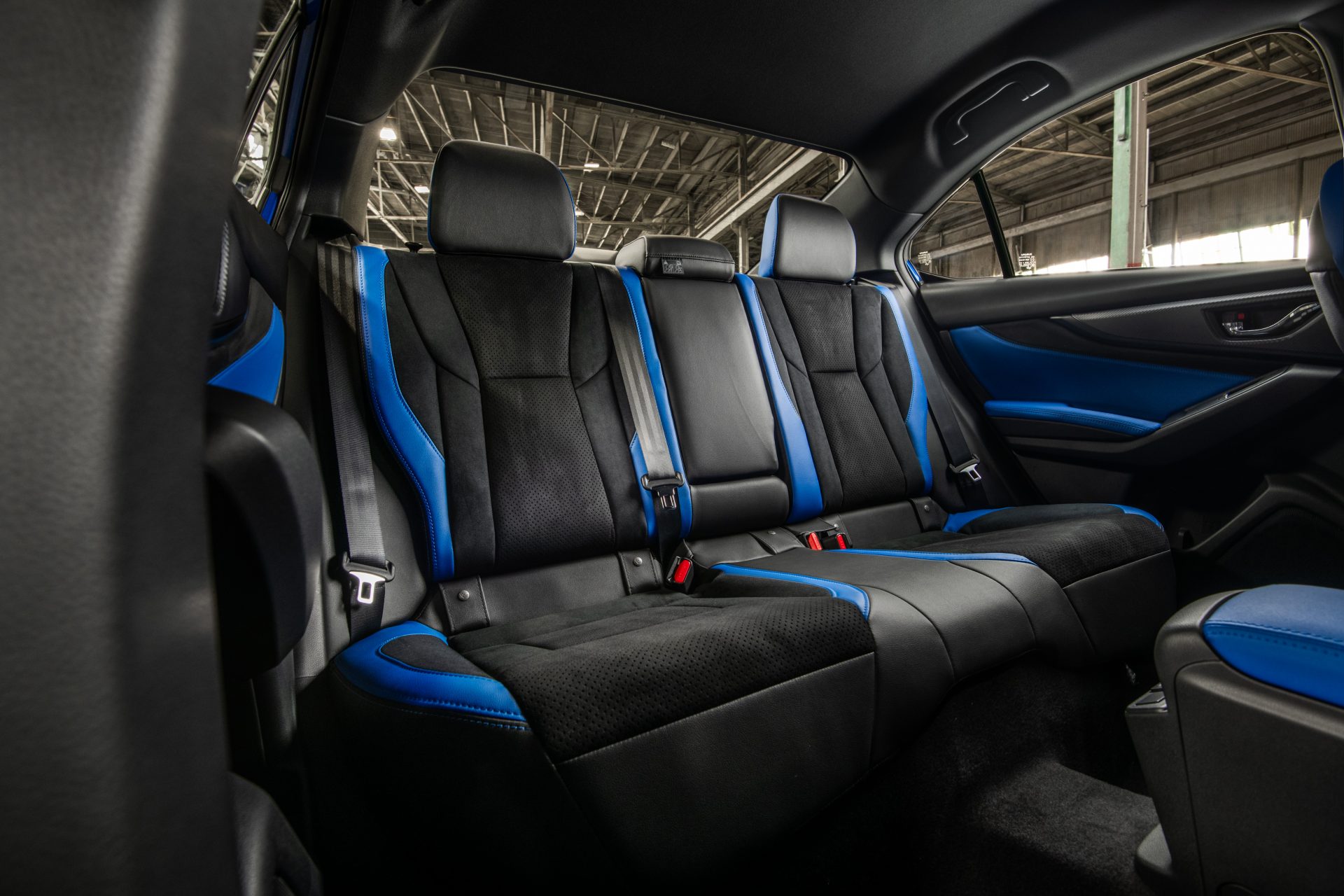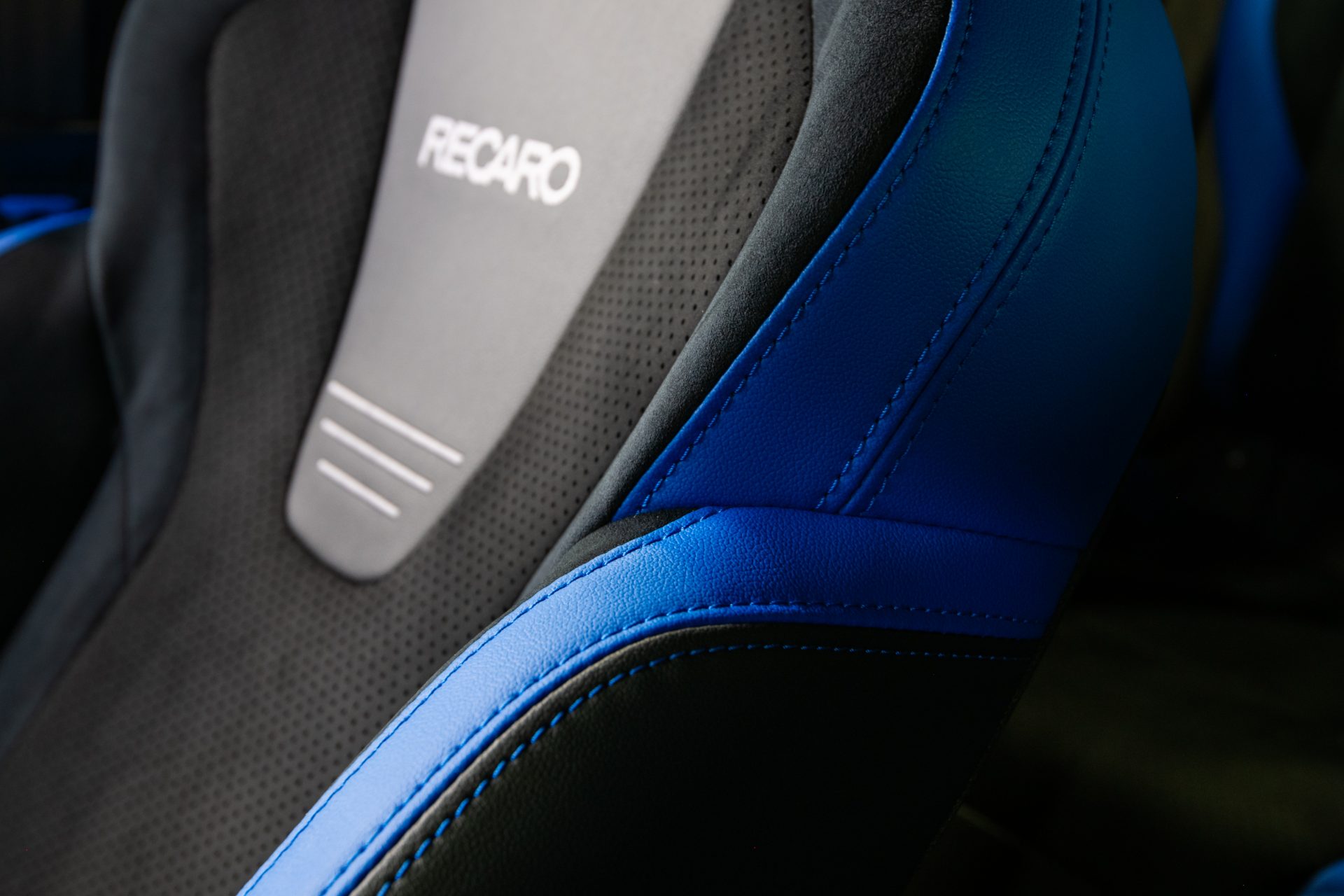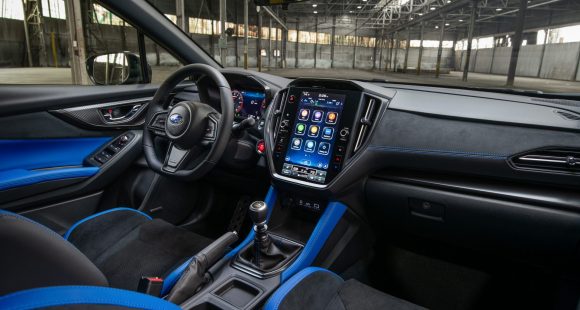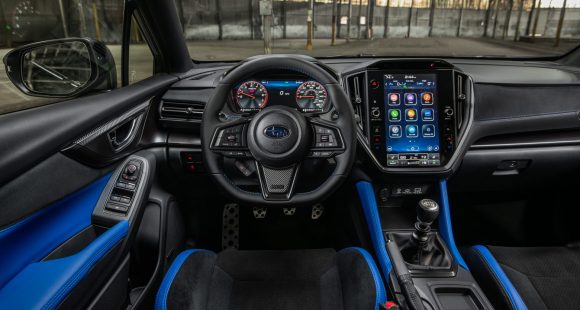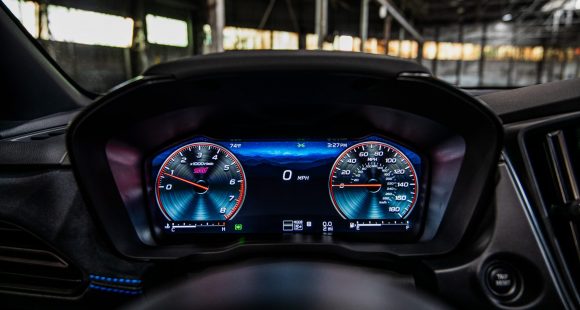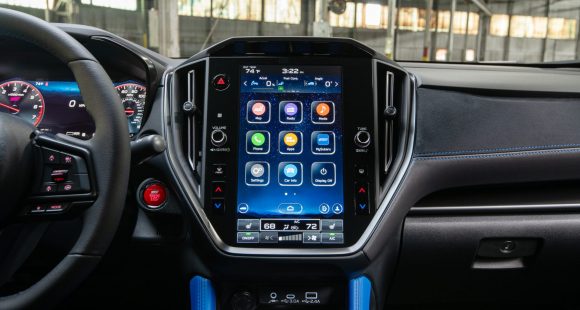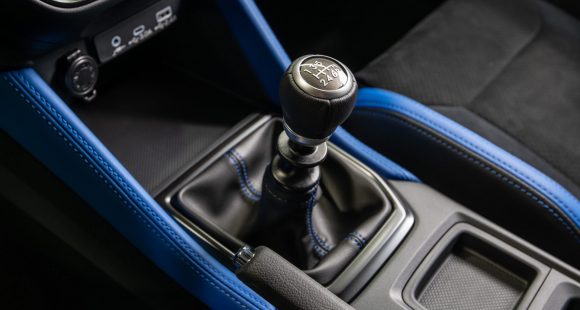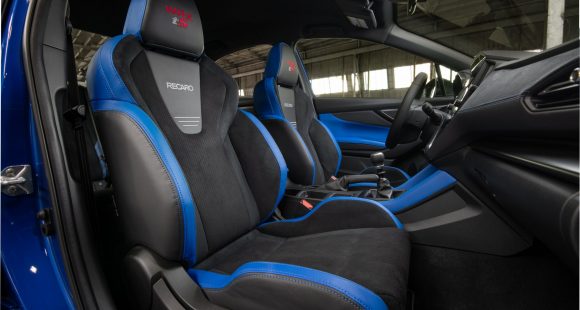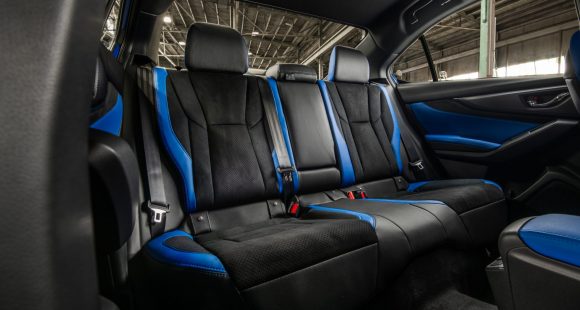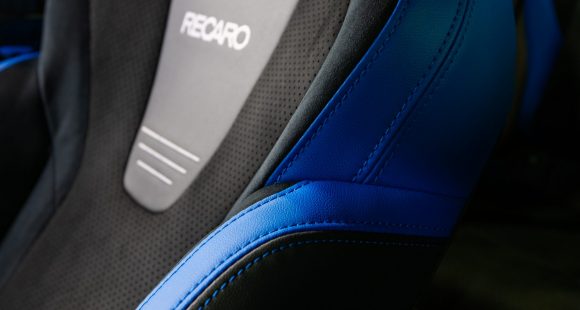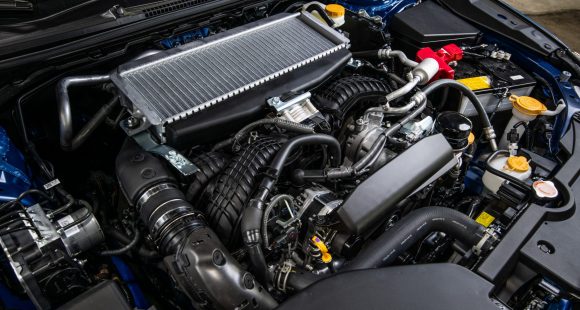2018 Chevrolet Equinox
With crossover utility sales being what they are, you shouldn’t be surprised that the Equinox has long been Chevrolet’s best-selling vehicle that’s not a pickup truck; even though it hasn’t really changed that much since its gen 2 redesign for 2010. Well, an all-new 3rd generation has finally arrived. So let’s find out if it will signal continued four-season success for Chevrolet.
When the Chevrolet Equinox first arrived for 2005, it was GM’s answer to what Honda and Toyota had started in the late 90’s with the CR-V and Rav4; and what has become one of the most popular of all vehicle segments, the compact crossover. And it didn’t take long for the Equinox to get right in the mix for sales, even beating both rivals on occasion.
But that segment is much different now, with more modern rides, and many more of them. So, the all-new 2018 Equinox is well timed.
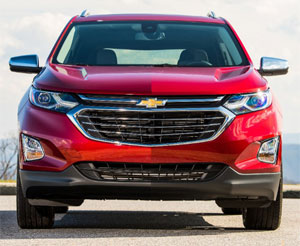 Getting on board with the GM weight loss plan means it’s about 400–lbs. lighter than before, and you do feel it.
Getting on board with the GM weight loss plan means it’s about 400–lbs. lighter than before, and you do feel it.
It looks smaller too, and indeed it is, by about 5-inches in length; yet with more efficient packaging, overall passenger volume is actually up, with cargo room about the same.
There’s 29.9 cu-ft. of space behind the rear seats, with a max of 63.5. The seat-folding design is much improved; it’s easier to use and allows for a flatter load floor.
Up front, the driver enjoys a fairly high seating position with good visibility, and pronounced comfort from the back and lower cushions.
Rear seat room is plentiful for a compact ute, and seat comfort is equally good. All techno goodies you might need are available on either a 7 or 8-inch MyLink touchscreen. Available safety includes automatic braking.
But, you’d better like small displacement turbo engines, as that’s all that now powers this Equinox.
This 1.5-liter I4 is standard, with 170-horsepower and 203 lb-ft. of torque; connected to a 6-speed automatic transmission. A 252-horsepower 2.0-liter I4 with a 9-speed automatic is the upgrade, and keeps max towing at 3,500-lbs.
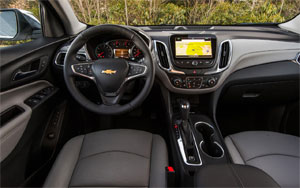 But, most interesting, is a 137-horsepower 1.6-liter I4 turbo-diesel, arriving shortly after launch; a first for the segment.
But, most interesting, is a 137-horsepower 1.6-liter I4 turbo-diesel, arriving shortly after launch; a first for the segment.
Front drive is standard, with a new selectable all-wheel-drive system available, that fully disconnects the rear axle when appropriate to boost efficiency.
Government Fuel Economy Ratings for the all-wheel-drive 1.5-liter are 24-City, 30-Highway, and 26-Combined. We averaged a very good 28.0 miles-per-gallon of Regular. For an average Energy Impact Score of 12.7-barrels of yearly oil use, and 5.6-tons of CO2 emissions.
Despite the lower weight and smaller engine, the Equinox still drives stable and comfortably, and everything feels a bit more responsive than before.
Even at the higher speeds of our slalom course, it didn’t feel cumbersome at all; displaying only moderate hints of both over and understeer, with minimal computer intervention.
Things weren’t quite as thrilling in the straight line, however. There’s not much in the way of guts off the line, taking us 8.7-seconds to hit 60, or more than a second slower than the CR-V. Engine noise is, however, well-subdued for a 1.5-liter turbo.
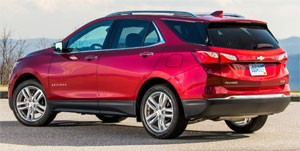 The lack of urgency is consistent throughout the 1/4, accompanied by momentum-killing shifts from the 6-speed auto.
The lack of urgency is consistent throughout the 1/4, accompanied by momentum-killing shifts from the 6-speed auto.
Eventually, the ¼-mile ended in 16.7-seconds at 84 miles-per-hour. Note, an Equinox with the 2.0T and 9-speed more than levels the playing field.
A slight increase in base price over last year puts an Equinox L at $24,525. Top level Premier starts just over 30.
Leaner, but certainly not meaner; the 2018 Chevrolet Equinox has gotten itself into fighting shape, ready to battle it out with all comers in the compact crossover segment. Fully modernized with all-turbo powertrains, more functional interior, and up-to-the-minute tech options; this Equinox does indeed signal more seasons of success for Chevrolet.
Specifications
- Engine: 1.5 liter
- Horsepower: 170
- Torque: 203 lb-ft.
- 0-60 mph: 8.7 seconds
- 1/4 mile: 16.7 seconds @ 84 mph
- EPA: 24 mpg city / 30 mpg highway,
- Energy Impact: 12.7 barrels of oil/yr
- CO2 Emissions: 5.6 tons/yr
2025 Subaru WRX tS
Subaru’s “World Rally eXperimental” Gets Tecnica-Tuned Tech
Building on its global rally heritage, WRX has been a standalone Subaru nameplate, marketed separately from garden variety Impreza, for two generations now. And while the current WRX still lacks the full STI treatment, this WRX tS serves up some of that high-performance spice we’ve been longing for.
Before we go flat out into our Track Test of this 2025 Subaru WRX tS, lets open the Subaru dictionary so we’re all on the same page. “tS” stands for “tuned by STI;” and “STI” is an acronym for “Subaru Tecnica International,” the brand’s high-performance sub-group best known for upgrading the WRX— oh, that stands for “World Rally eXperimental,” in case you didn’t know.
All that said, STI has been largely dormant for this WRX generation, but this tS sprinkles more of their engineering magic into the mix. No, that doesn’t mean extra power, but does mean significant chassis-related improvements.
First, electronically controlled dampers, adjustable through the 11.6-inch tablet-style infotainment screen. That meant a softer “comfort” mode on the 10+ hour commute to and from Savannah’s Roebling Road Raceway. But once we were there, it was the firmer “Sport+” setting all the way, heightening response from the WRX’s throttle and already quick dual-pinion power steering system. There’s still some body roll for rally-esque weight transfer, but it’s well sorted and provides the “toss-ability” you want in a WRX.
Though if you do autocross your tS, which we implore you to do, you might feel the six-piston front, two-piston rear Brembo brakes first. The bite is strong, giving good rotation in the corners and plenty of “halt” for this 3,400 lb. compact with minimal fade, keeping us on track all week…until some unfortunate winter weather passed overhead. No worries here, as Subaru’s Symmetrical All-Wheel-Drive system got us to the track for some powdered deserts: Frosted donuts served up Michelin style, a set of winter tires different from the grippy Bridgestone Potenza S007 rubber the tS typically rides on. Some prior hot laps of California’s Sonoma Raceway gave credence to those Bridgestones, and showed us what this hot-compact can do in ideal conditions.
It’s well sorted and provides the “toss-ability” you want in a WRX.
Other tS enhancements are cabin-based, namely these beautiful blue Recaros. Most of our staff appreciated their moderately-aggressive bolstering on both street and track. And they’re even heated, too. Another tS-only appointment is this 12.3-inch digital gauge display. It mimics the standard analog gauges with some additional info, but can switch to a navigation mode for more convenient route guidance.
We do wish our tS came in the new Galaxy Purple or the trademark World Rally Blue, but this Crystal White paint wasn’t too shabby, contrasting its Cherry Blossom Red badging and blacked-out lip spoiler. Otherwise, the tS is like any other WRX, down to the hood scoop funneling air to the top-mounted intercooler.
Underneath is the same turbocharged 2.4-liter flat-four in all other trims, boxing at 271 horsepower and 258 lb-ft of torque. The freak winter weather stopped straight-line testing, but a 0-60 time estimate of 5.5 seconds is about as spry as you realistically need, pulling strong through most of the tach; though the 6,000 RPM redline required attentive shifting of the six-speed box, which the tS comes exclusively with. The throws are precise, if a little long, and the clutch is wonderfully weighted.
With discontinuation of the Base trim, pricing for the WRX now starts with Premium at $36,920. The tS is at the top of the lineup with the automatic-only GT, both starting at $46,875. All WRXs continue to be made in Gunma, Japan.
If you’re an enthusiast itching to do the tuning yourself, perhaps the 2025 Subaru WRX tS is not for you. But if you want a plug-and-play experience, this is it. While it won’t exactly bestow the loose-cannon, top-level driving skills exhibited by famous WRC drivers upon you, the tS moves this WRX’s game in a direction we’ve so desperately wanted Subaru to take.
Specifications
As Tested
- Engine: 2.4-liter flat-four
- Tranmission: 6-speed manual
- Horsepower: 271
- Torque: 258 lb-ft







